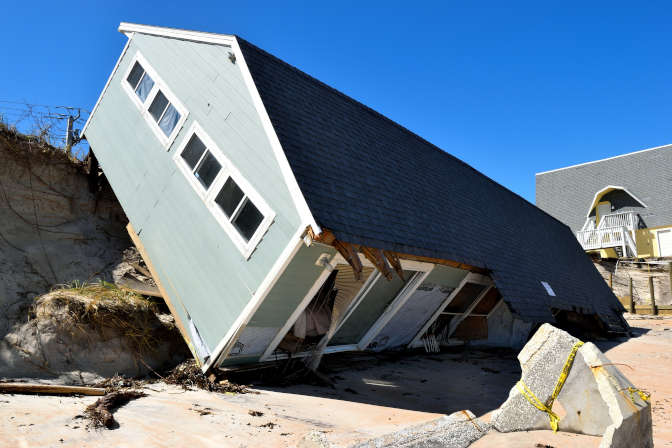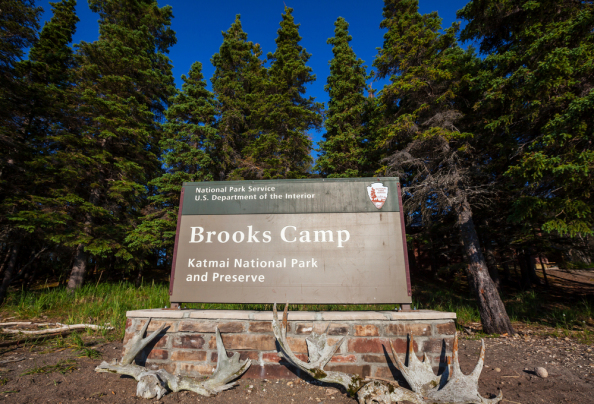HURRICANES

Written by: Kendra Meyer
Introduction
Hurricanes are among nature’s most formidable and awe-inspiring occurrences, with their swirling winds, torrential rainfall, and great destructive power. These tropical cyclones hold our attention and remind us of the Earth’s ability to experience dramatic weather occurrences. In this essay, we will cover the basics of storms, including their creation, characteristics, and the effects they have on the environment and human communities.
1. What are Hurricanes?
Hurricanes are enormous, spinning storms that occur over warm tropical ocean waters. They are distinguished by powerful winds that can reach speeds of up to 74 miles per hour … Continue




